
Posted on 07/26/2011 5:20:44 AM PDT by Homer_J_Simpson


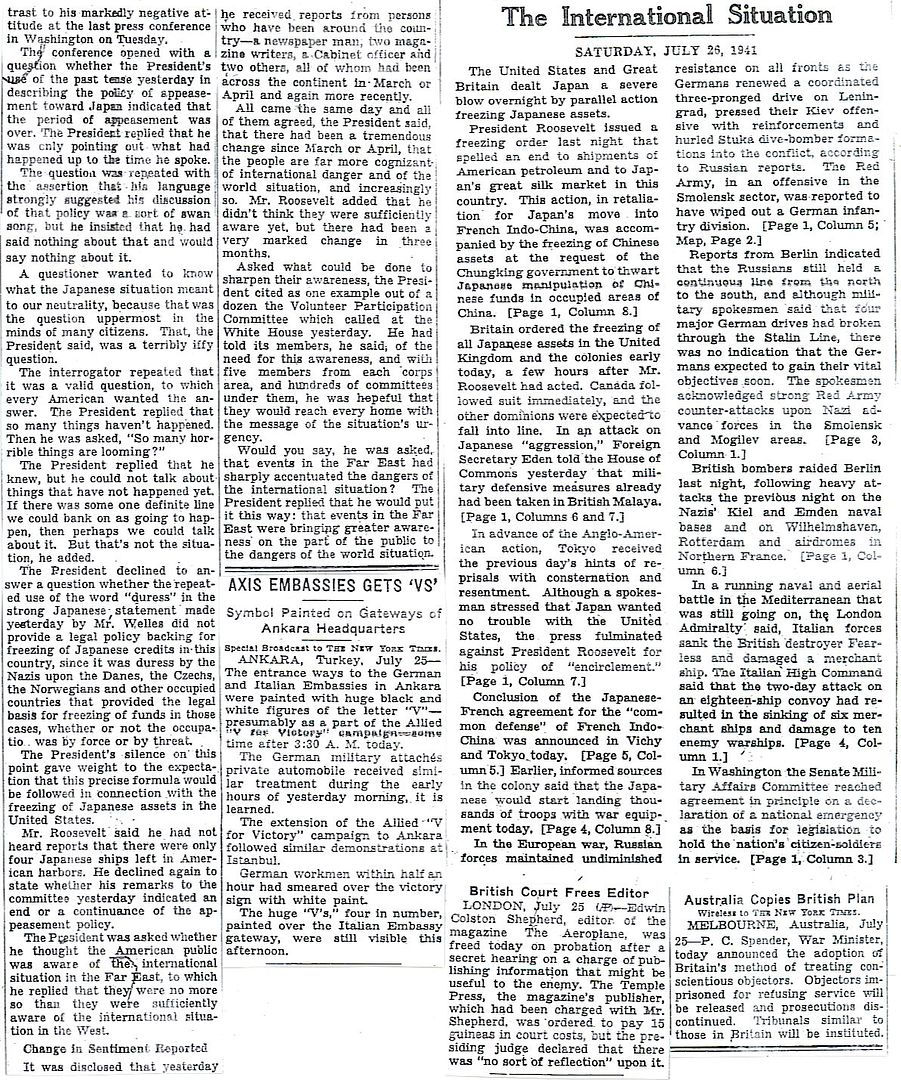
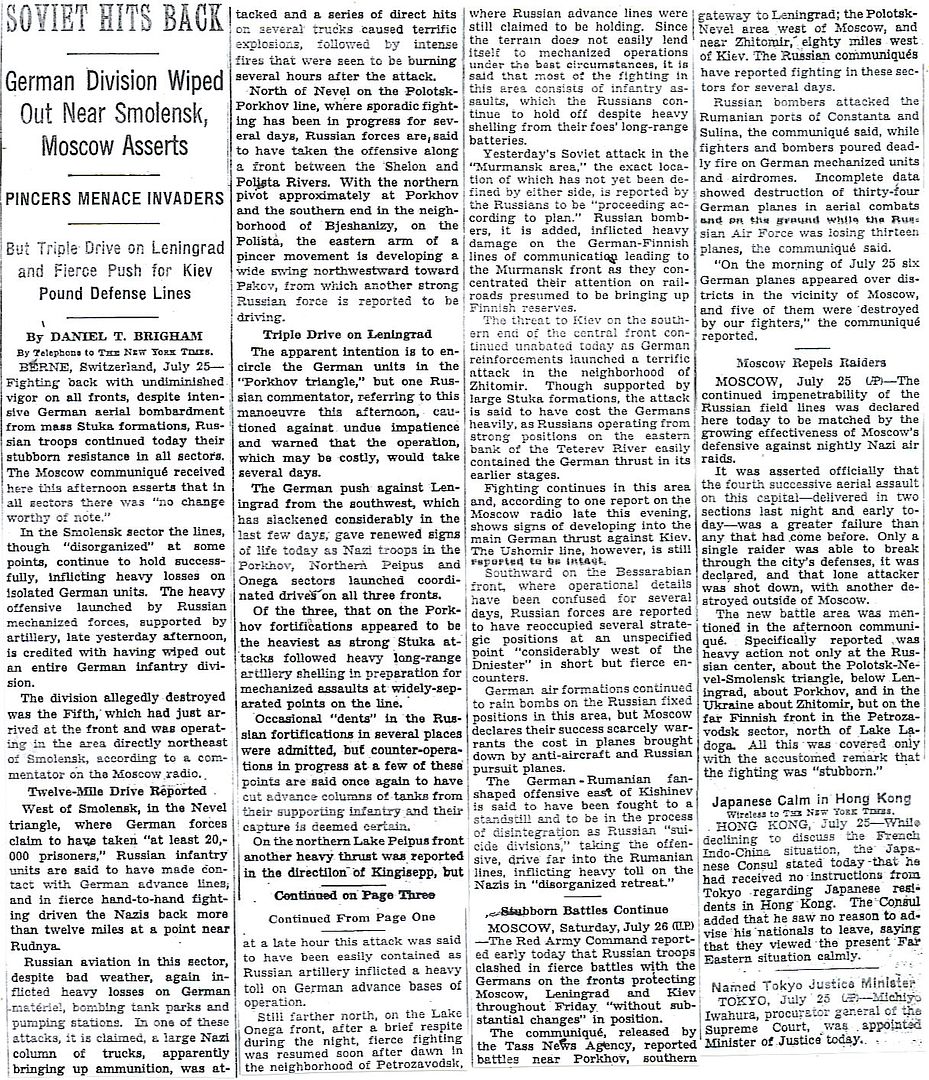
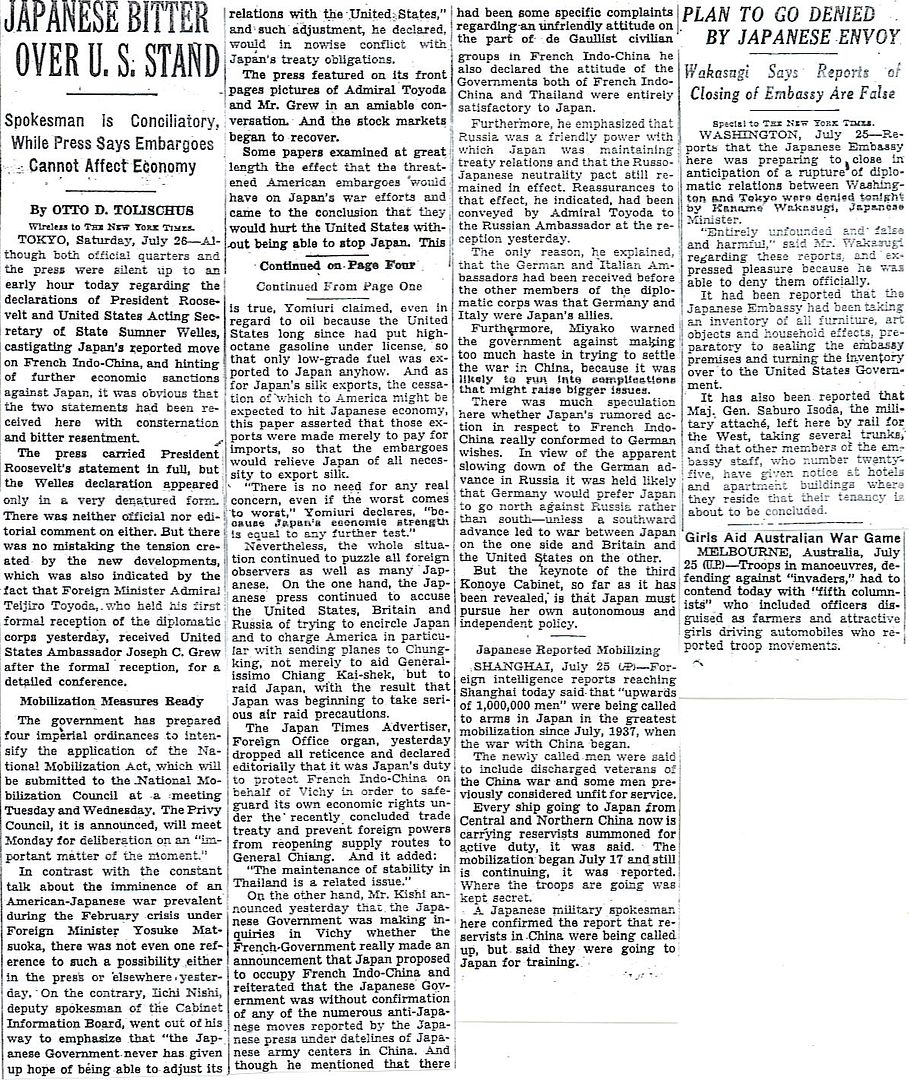
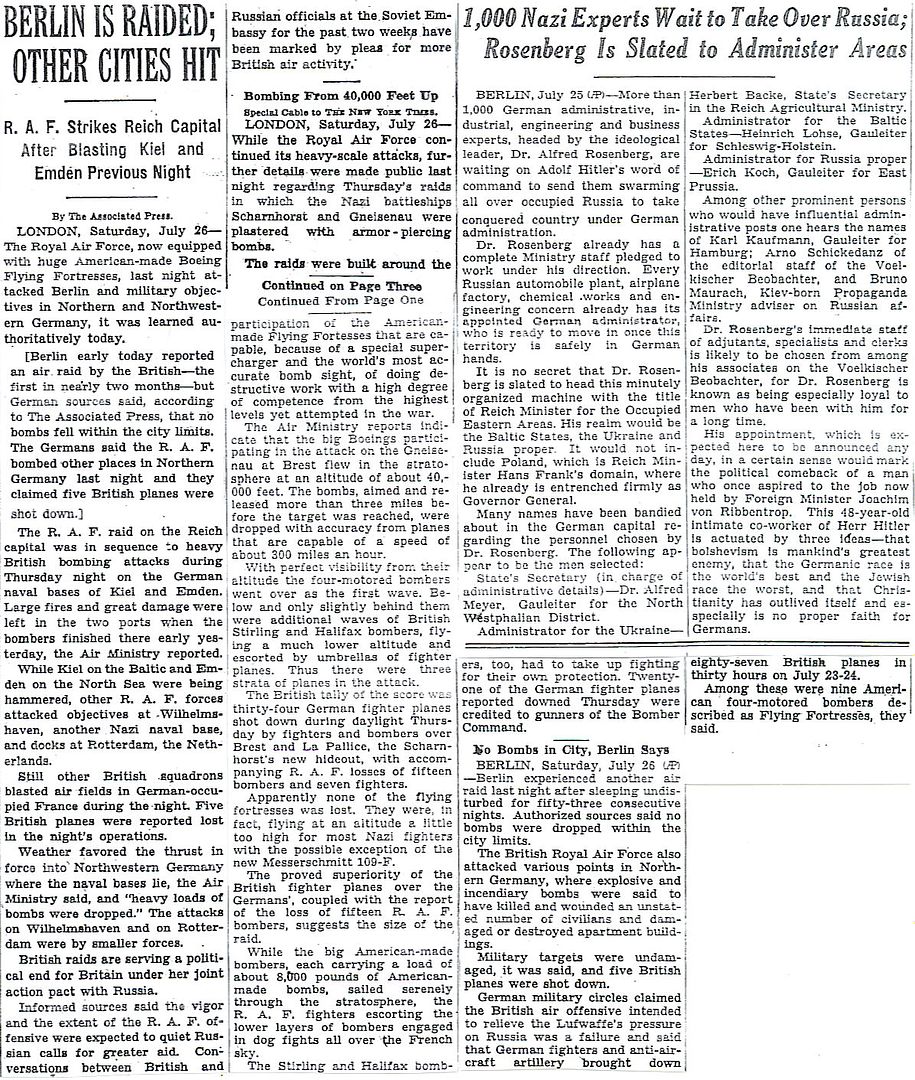
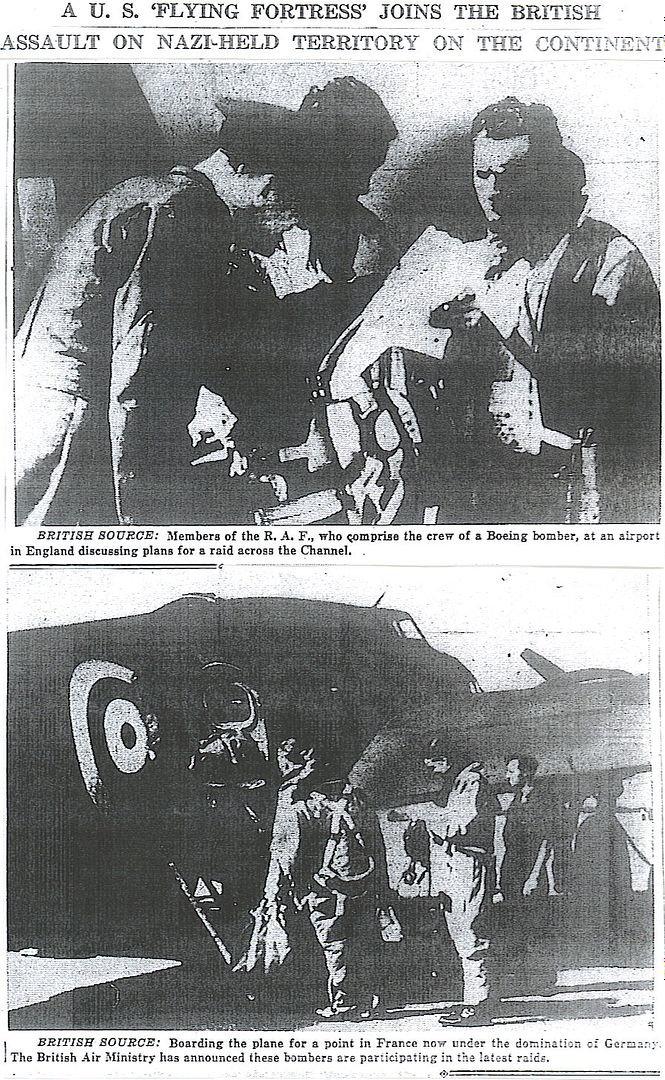
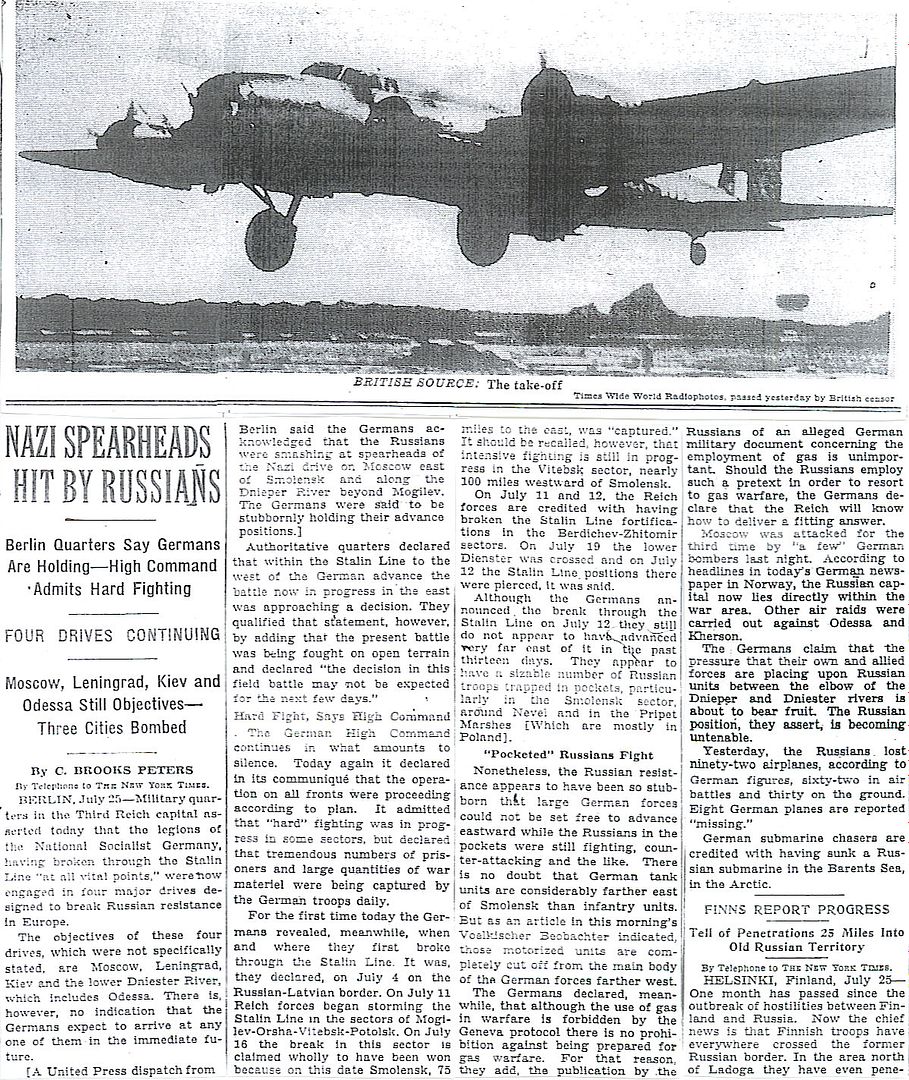
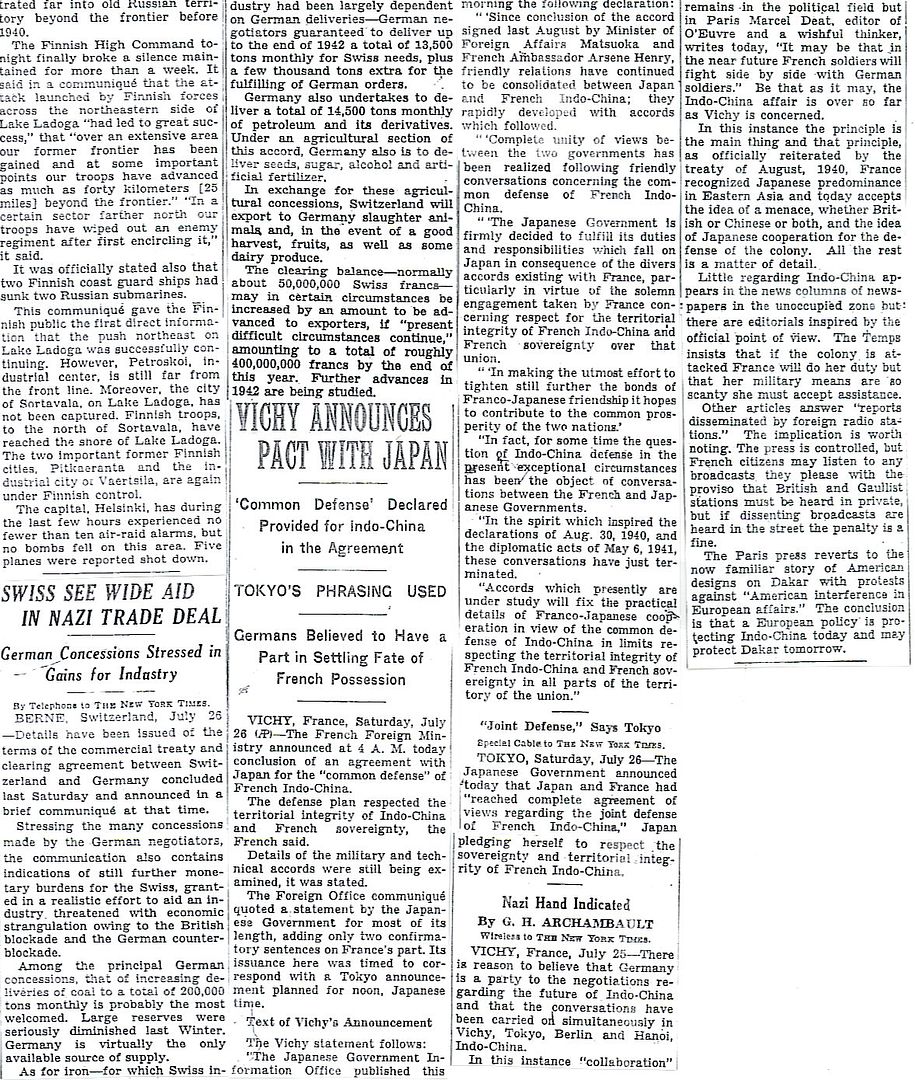
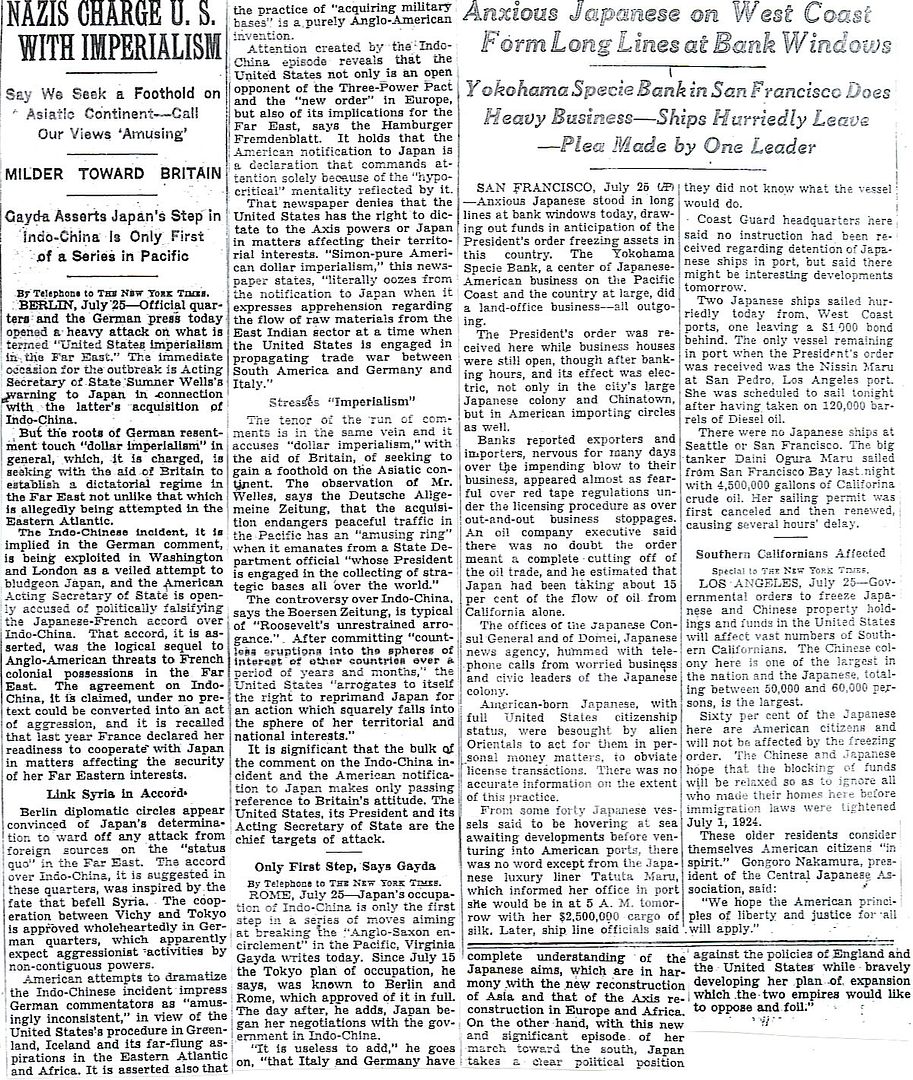
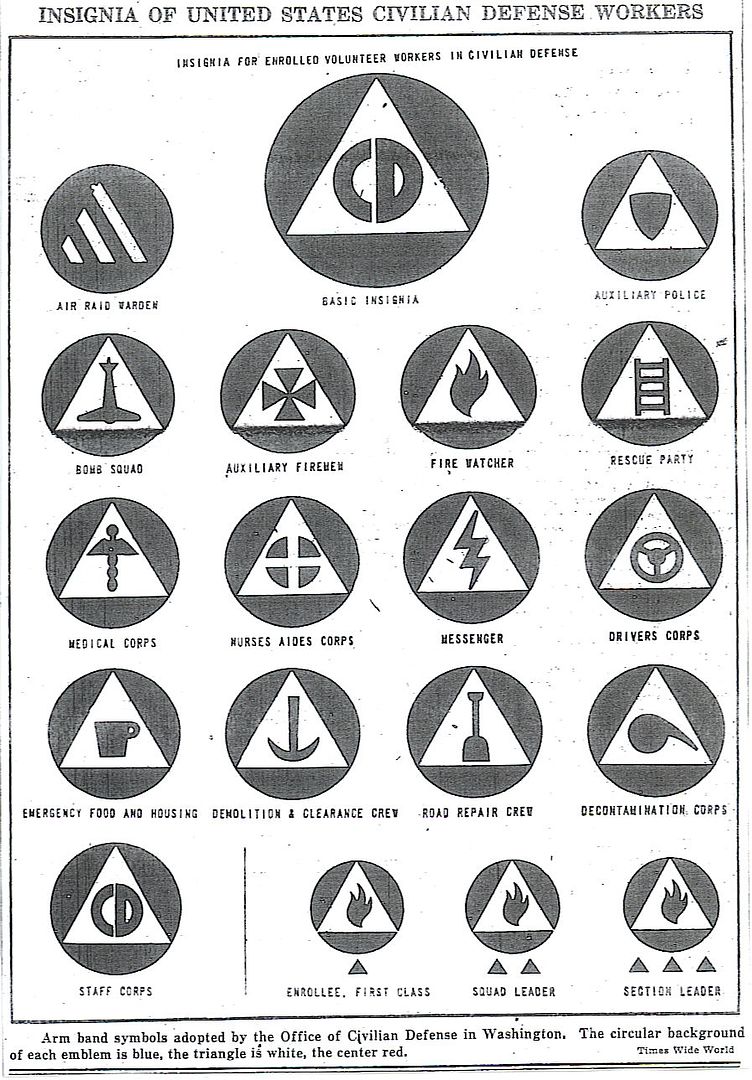

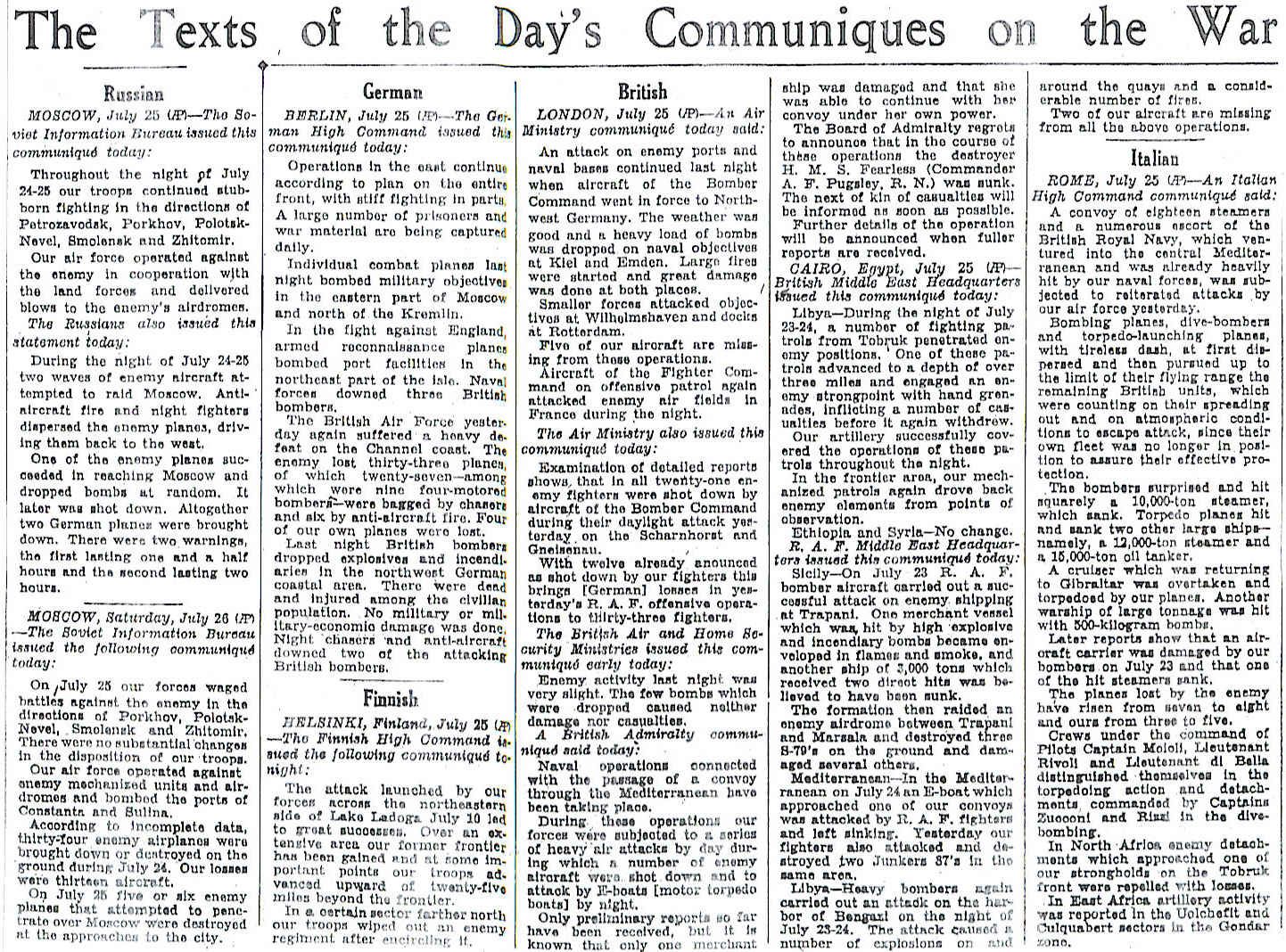
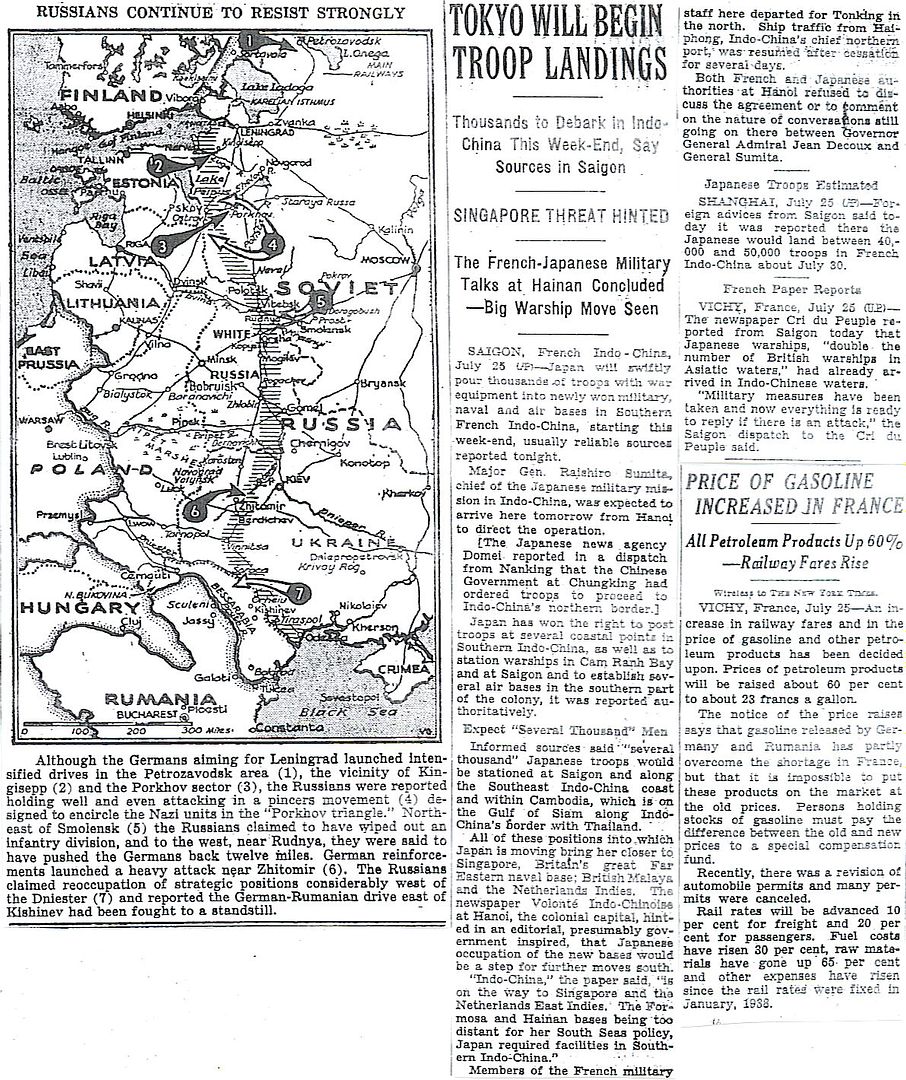

I would have said the same thing, until seeing this recent FR post:
San Pedro, Los Angeles port district:
"United States Navy Battle Fleet Home Port 1919–1940.In 1888, the War Department took control of a tract of land next to the bay and added to it in 1897 and 1910.
This became Fort MacArthur in 1914 and was a coastal defense site for many years.
Woodrow Wilson transferred 200 United States Navy ships from the Atlantic to the Pacific in 1919 when tension arose between the United States and Japan over the fate of China.San Diego was considered too shallow for the largest ships, so the battleships anchored in San Pedro Bay on 9 August 1919.
Local availability of fuel oil minimized transportation costs, and consistently good weather allowed frequent gunnery exercises off the nearby Channel Islands of California.
The heavy cruisers of the Scouting Force were transferred from the Atlantic to San Pedro in response to the 1931 Japanese invasion of Manchuria.By 1934, 14 battleships, 2 aircraft carriers, 14 cruisers, and 16 support ships were based at San Pedro.
On 1 April 1940, the Pacific Fleet battleships sailed to Hawaii for annual fleet exercises.
The battleships remained in the Hawaiian Islands to deter Japanese aggression until the Attack on Pearl Harbor.
San Pedro remained a popular port of call for Navy ships through World War II; but the battle fleet never returned.
Of course, this is all speculation, but lots of fun, so I'll play along... ;-)
Yes, we have the historical example of Adolf Hitler signing a non-aggression treaty with Stalin, a treaty that Stalin bent over backwards to fulfill his side of the bargain, and give Hitler no excuse to break it.
But Stalin's efforts proved futile, and Hitler invaded anyway, without warning.
So we know for certain that Hitler's promises were worthless and no treaty with him would have lasted any longer than he wanted it to.
Now my point in mentioning this is: we have no similar examples that I know of regarding Japan.
The example we do have -- Japan's non-aggression treaty with the Soviet Union -- both sides observed until August, 1945, after Hiroshima and Nagasaki.
So what I'm saying is: if President Roosevelt had offered the Japanese free reign in Asia and the Western Pacific, in exchange for the protection of, say, the Philippines and Australia, then the Japanese would have been happy to take that deal, and it would have bought us "peace" for much longer than two years.
Indeed, I'm inclined to think that would have totally satisfied the Japanese' ambitions, so the result would be not just years, but decades of "peace."
Of course, I'm not advocating that FDR should have done that -- far from it -- merely suggesting he could have.
I'm also stating factually that it is utterly impossible, given Roosevelt's nature and personal history, that he ever would have offered up such a deal.
Just consider, his family had made its wealth in China, so FDR was a China-phile and did not want to see it overrun by Japan.
Sorry, I should have included US Navy Vet, since it was his post, and I'd presume he vouches for its accuracy.
Here again is the link to US Navy Vet's post.
It's number 9 on the thread.
Disclaimer: Opinions posted on Free Republic are those of the individual posters and do not necessarily represent the opinion of Free Republic or its management. All materials posted herein are protected by copyright law and the exemption for fair use of copyrighted works.